Plants seem to have been sown in profusion on the earth, like stars in the sky, to invite man through the stimulus of pleasure and curiosity, to the study of nature.
Las plantas parecen hacer sido sembradas con profusión sobre la tierra, como las estrellas en el cielo, para invitar al hombre mediante el acicate del placer y de la curiosidad, al estudio de la naturaleza.
Jean-Jacques Rousseau in Frases de la Vida
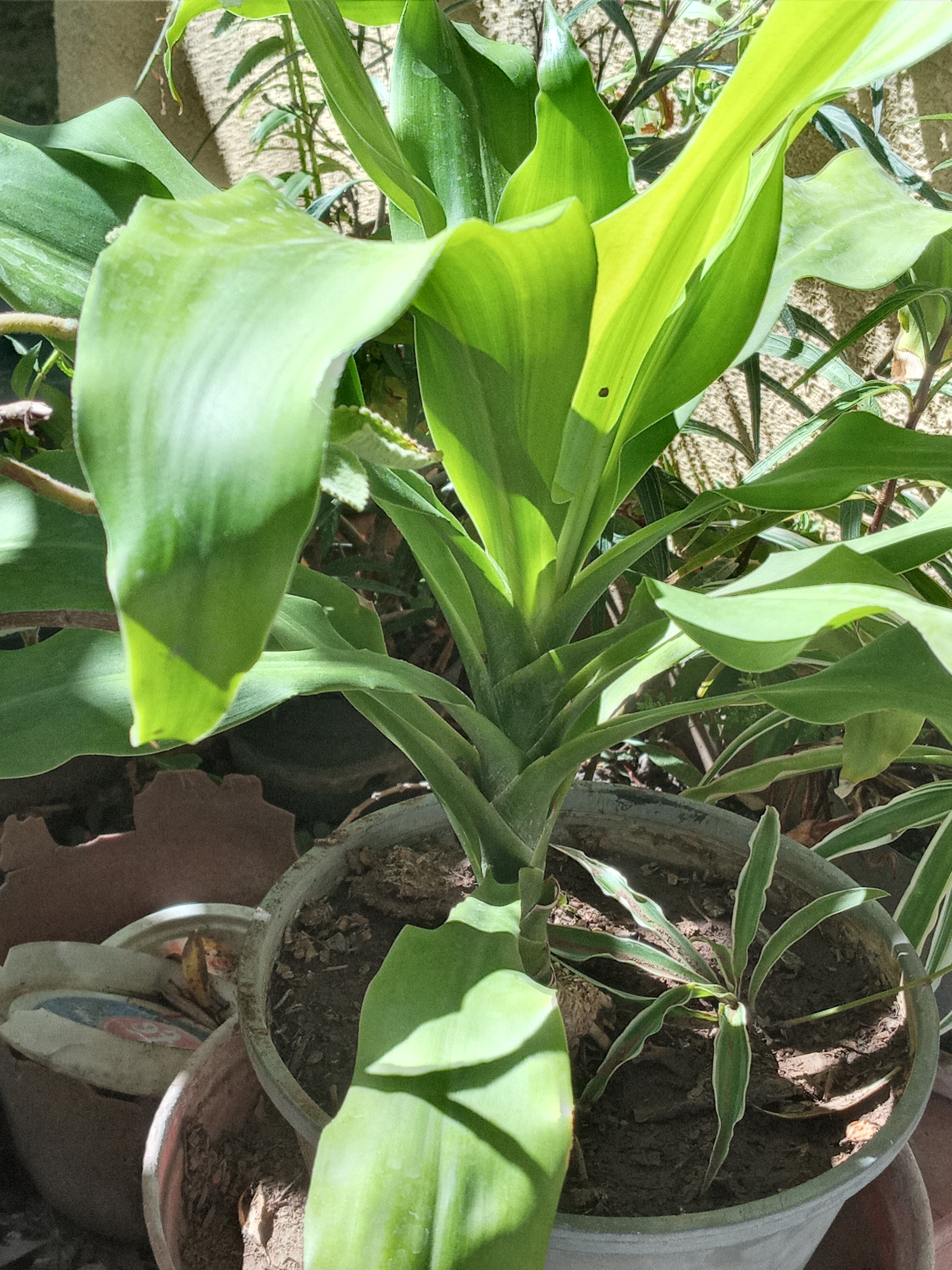
Hello my dear friends of friends of Amazing Nature! As always, it is a pleasure for me to greet you, to wish you well, enjoying your day to day with enthusiasm, joy and receiving the vital energies that all nature gives us through any of its manifestations, so necessary to lead a healthy and harmonious life, so I love to dedicate part of my time to be in contact with my plants, take care of them, know them and, of course, share with you through this window that is my blog everything I find out about them to provide the care they deserve according to their needs.
These days I am dedicated to the care of six Dracaenas or Cornstalk Dracaena that I have in different parts of the garden, each one with different and particular growths. Only one of them shows up with delicate and beautiful leaves that have led me to question if I have provided adequate care to the rest of them since, although they have been the same, their leaves do not present the same brightness and color, so ... it is always opportune to consult about their care and adopt any change for the benefit of my Dracaenas.
¡Hola mis queridos amigos de amigos de Amazing Nature! Como siempre, para mí es un gusto saludarles, desearles que se encuentren bien, disfrutando su día a día con mucho entusiasmo, alegría y recibiendo las energías vitales que toda la naturaleza nos regala a través de cualquiera de sus manifestaciones, tan necesarias para llevar una vida saludable y armónica, por ello me encanta dedicar parte de mi tiempo para estar en contacto con mis plantas, cuidarlas, conocerlas y, por supuesto, compartir con Ustedes a través de esta ventana que es mi blog todo aquello que indago sobre ellas para brindarle los cuidados que ameritan según sus necesidades.
En estos días estoy dedicada al cuidado de seis Dracaenas o Palos de la Felicidad que tengo en diferentes partes del jardín, cada uno con crecimientos diferentes y particulares. Sólo uno de ellos se muestra con hojas delicadas y hermosas que me han llevado a cuestionarme si le he proporcionado los adecuados cuidados al resto de ellos ya que, a pesar de que han sido los mismos, sus hojas no presentan el mismo brillo y color, así que … siempre es oportuno consultar sobre sus cuidados y adoptar cualquier cambio en beneficio de mis Dracaenas.
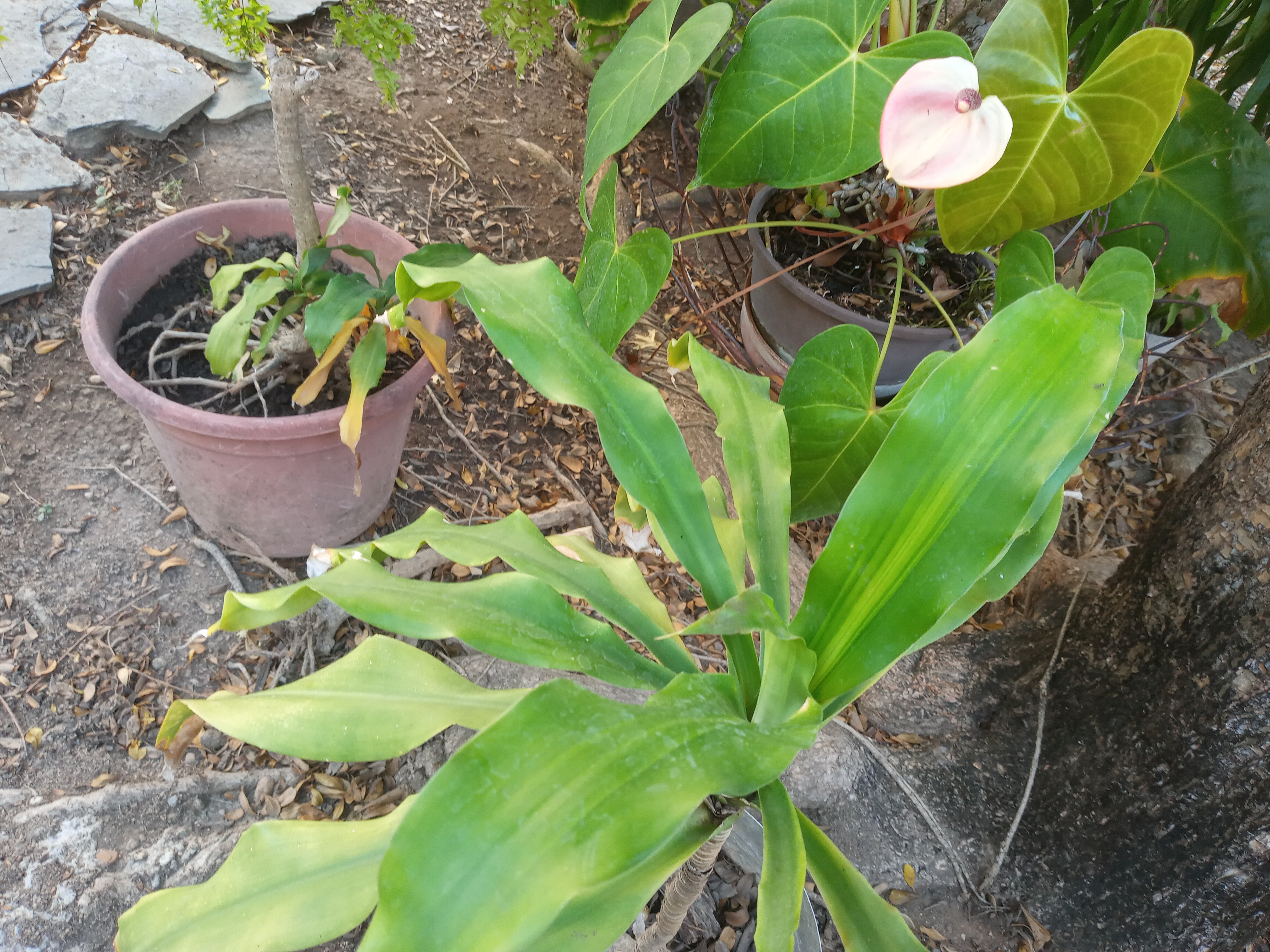
Part of this good treatment or care that I want to give to my plants, part of my desire to know them better and to be able to introduce them to you; In this opportunity, I introduce you to these beautiful plants commonly known by the names of Happiness Tree, Carey, Dracaena, Dracaena, Water Poplar, Happiness Poplar, Brazil Poplar, Corn Plant or Brazil Log, a plant that has become widely popular, not only for its beauty but also for its association with good luck and good fortune.
Its botanical name is Dracaena fragans from which the genus name Dracaena comes from the Greek word drakaina meaning female dragon, referring to Dracaena draco, a tree from which a red extract called dragon's blood is obtained; and the specific epithet fragans, a word of Latin origin meaning fragrant which refers to the aroma given off by its nocturnal flowers.
Parte de ese buen trato o cuidado que quiero brindar a mis plantas, parte de mi deseo por conocerlas más y poder presentárselas; en esta oportunidad, les presento a estas hermosas plantas conocidas comúnmente por los nombres de Árbol de la Felicidad, Carey, Dracaena, Drácena, Palo de Agua, Palo de la Felicidad, Palo de Brasil, Planta de Maíz o Tronco de Brasil, una planta que se ha popularizado, ampliamente, no sólo por su belleza si no, también, por su asociación con la buena suerte y la buena fortuna.
Su nombre botánico es Dracaena fragans del cual, el nombre del género Dracaena proviene de la palabra griega drakaina que significa dragón hembra, refiriéndose a Dracaena draco, un árbol del cual se obtiene un extracto rojo llamado sangre de dragón; y, el epíteto específico fragans, palabra de origen latino que significa fragante que hacen referencia al aroma que despiden sus flores nocturnas.
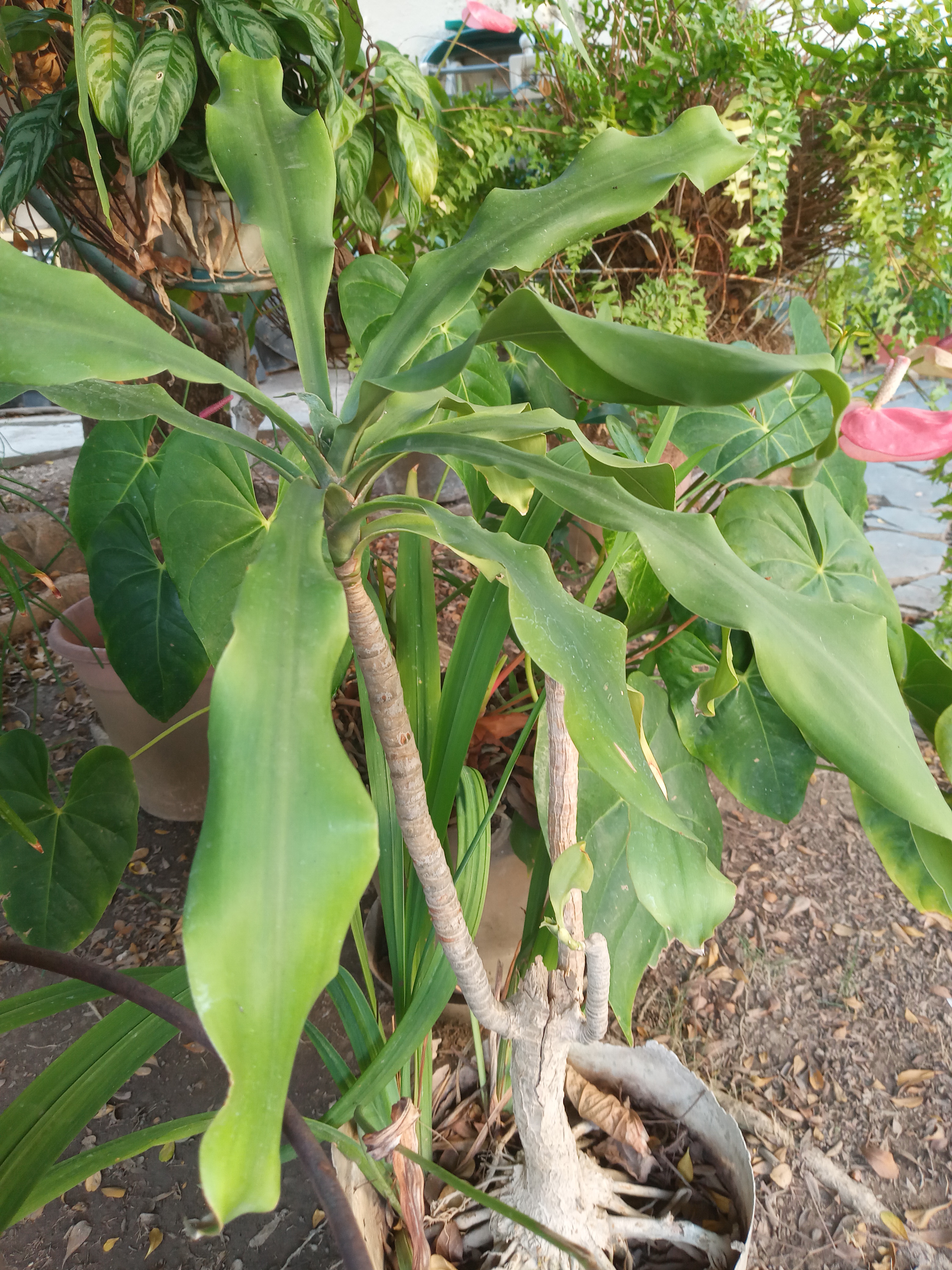
The Cornstalk Dracaena, as we are accustomed to call it, is an evergreen shrub native to tropical Africa with extensions throughout tropical America. It has long green leaves with a yellow stripe in the middle that as the plant grows, it loses its lower leaves revealing a striking brown trunk and horizontal rings. It flowers once or twice during its life, but when this happens, it gives us colorful flowers with a delicious aroma at night.
If you want this tree to fully develop and reach a height of 5 to 6 meters, you can plant it directly in the garden outdoors since, in pots, its growth will be limited, but this is the most popular choice because the Cornstalk Dracaena grows very well indoors, bringing much freshness and beauty to the environment, added to the fact that the dracaenas, in general, require very little care, but some considerations when choosing its location.
El Palo de la felicidad, como acostumbramos a llamarlo, es un arbusto de hoja perenne originario de África tropical con extensiones por la América tropical. Posee largas hojas verdes con una franja amarilla en el medio que a medida que la planta crece, va perdiendo sus hojas inferiores desvelando un llamativo tronco de color marrón y sus anillos horizontales. Florece una o dos veces a lo largo de su vida pero, cuando esto ocurre, nos regala unas flores de colores con un aroma delicioso en horas nocturnas.
Si deseas que este árbol se desarrolle plenamente y alcanzar de 5 a 6 mts. de altura, puedes plantarlo directamente en el jardín al aire libre ya que, en macetas, su crecimiento será limitado, pero ésta es la elección que más se ha popularizado porque el Palo de la Felicidad se cultiva muy bien en interiores aportando mucha frescura y belleza al entorno, aunado al hecho de que las dracaenas, en general, requieren muy pocos cuidados, pero si algunas consideraciones a la hora de escoger su ubicación.
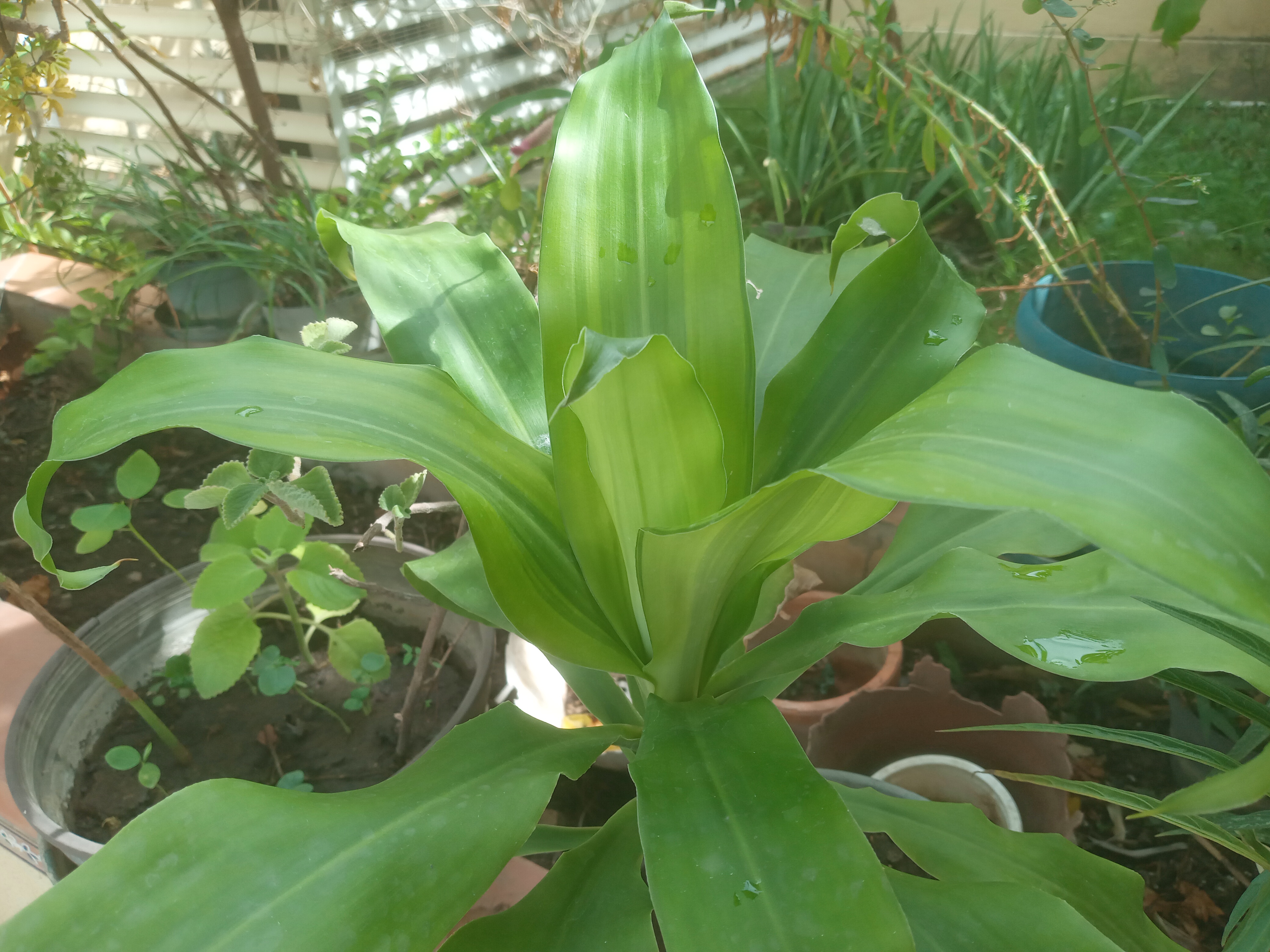
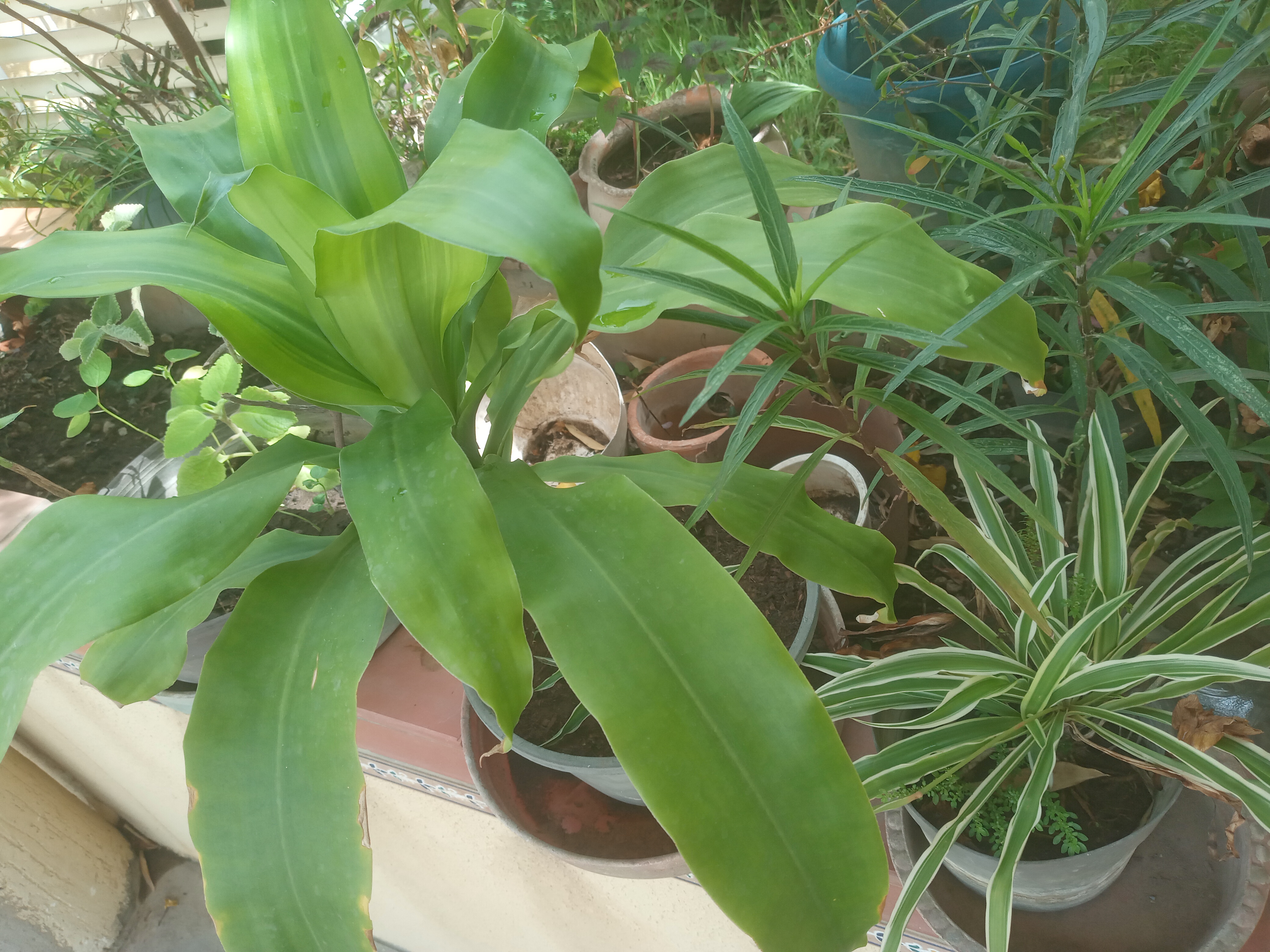
These considerations include taking into account that it is not convenient for them to receive, for several hours, direct sunlight because their leaves would end up burning; therefore, it is advisable to choose a place with high luminosity, but without direct sunlight. The low luminosity will contribute to an accelerated growth without allowing a proper development of its stem.
A watering should be done, in the form of rain, when its soil surface is dry to avoid waterlogging, but since it favors the humidity, it is convenient to spray water on its leaves, with a sprayer, 2 or 3 times a week. An alternative to increase the humidity level may be to place a container with water near the plant.
Among other recommendations it is good to take into account that, in order to favor the exchange of gases with the atmosphere and photosynthesis, it is advisable to clean its leaves with a damp cloth when it has accumulated dust, thus favoring the quality that this plant has of eliminating chemical products from the air, such as formaldehyde, xylene and toluene. On the other hand, when the plant reaches an excessive height, it is convenient to prune it to the height at which we want its buds to grow again. Additionally, if our plant is grown in a pot and we observe that its roots occupy most of the pot, we must change the plant to a larger container, taking care that the block of soil and roots does not break to affect the plant as little as possible.
Dichas consideraciones pasan por tener en cuenta que no les conviene recibir, durante varias horas, la luz solar directa ya que sus hojas terminarían por quemarse; por tanto, es recomendable elegir un lugar con alta luminosidad, pero sin incidencia directa del sol. La baja luminosidad contribuirá a que crezca a un crecimiento acelerado sin permitirle un desarrollo adecuado de su tallo.
Se recomienda un riego debe realizarse, en forma de lluvia, cuando su la superficie de su suelo esté seca para evitar el encharcamiento, pero dado que le favorece la humedad, es conveniente rociar agua sus hojas, con un pulverizador, 2 o 3 veces por semana. Una alternativa para incrementar el nivel de humedad puede consistir en colocar un recipiente con agua cerca de la planta.
Entre otras recomendaciones es bueno tener en cuenta que, con la finalidad de favorecer el intercambio de gases con la atmósfera y la fotosíntesis, es recomendable limpiar sus hojas con un paño húmedo cuando tenga polvo acumulado, así se estaría favoreciendo la cualidad que posee esta planta de eliminar los productos químicos del aire, tales como el formaldehído, el xileno y tolueno. Por otra parte, cuando la planta alcance una altura excesiva, es conveniente podarla hasta la altura en la que deseamos que vuelvan a salir sus brotes. Adicionalmente, si nuestra planta la cultivamos en maceta y observamos que sus raíces ocupan la mayor parte de maceta, debemos cambiar la planta a un recipiente de mayor tamaño, cuidando que el bloque de tierra y raíces no se rompa para afecta lo menos posible a la planta.
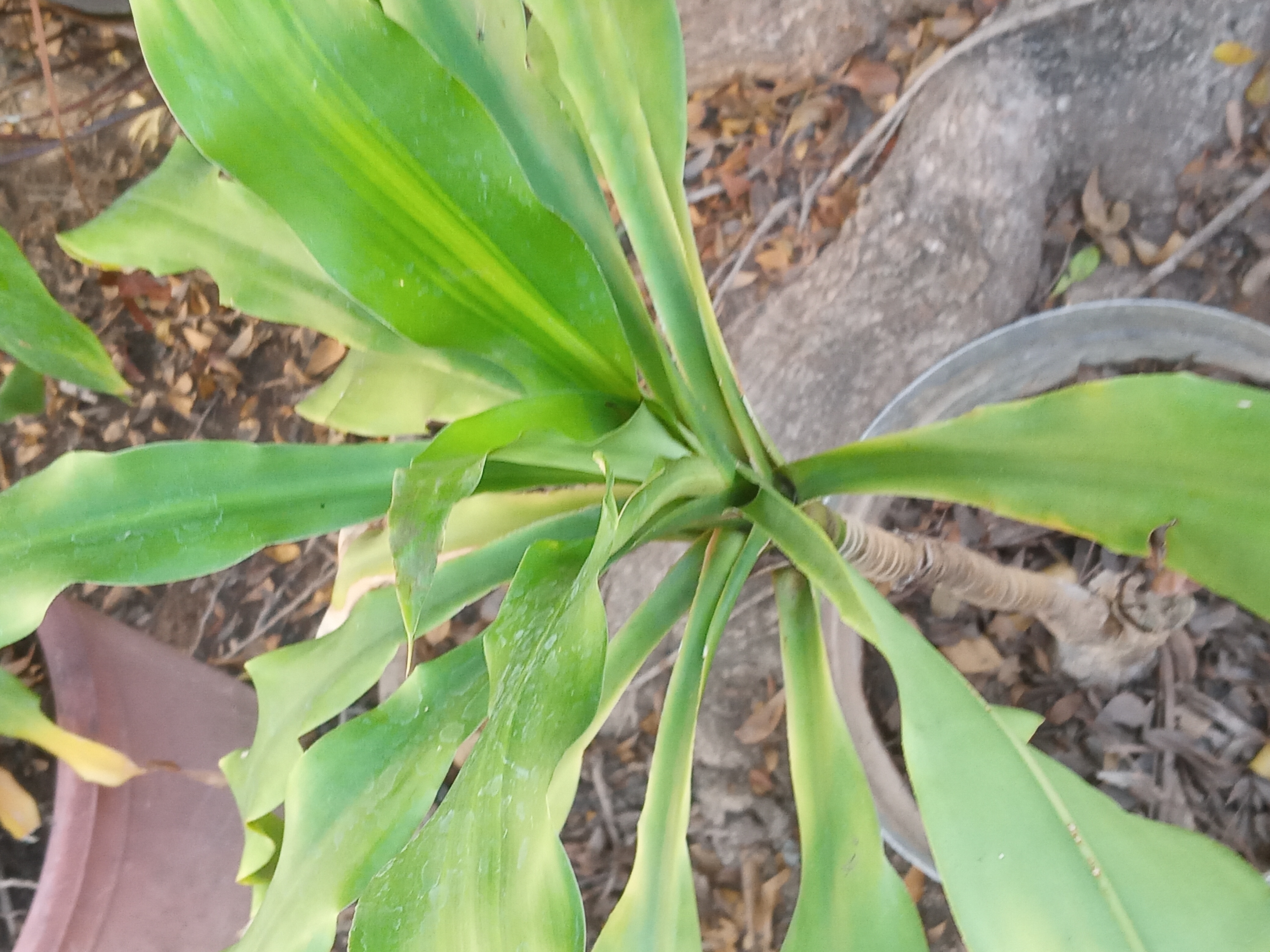
Finally, it is good to remember that the Cornstalk Dracaena is easy propagation through stem cuttings or trunks already pruned from 10 to 15 cm long that we will plant in a container with black soil and place in a sunny place for 24 hours. Afterwards, take care of its watering with a frequency of twice a week and, surely, after two or three months, your new Cornstalk Dracaena plant will be giving you new leaves. You can also use its sprouts to obtain new plants by placing them initially in water and planting them when their radicles appear.
These, dear friends, have been many of the recommendations that I have taken into consideration to try to recover my Cornstalk Dracaena that have led me to change two of them from the place where they were initially, receiving the incidence of sunlight for many hours a day and their leaves showed burned tips. I also made the change of pot to another one of them since the previous one was insufficient to house the mass of soil and roots of the plant. I hope that these changes and the decrease in the frequency of watering will allow me to obtain more beautiful plants that, in the future, I hope to be able to share the results with you.
Por último, es bueno recordar que el Palo de la Felicidad es de fácil propagación a través de esquejes de su tallo o troncos ya podado de 10 a 15 cm de largo que plantaremos en un recipiente con tierra negra y ubicaremos en un lugar soleado, durante 24 horas. Posteriormente, cuidar su riego con una frecuencia de dos veces por semana y, seguramente, pasados dos o tres meses, tu nueva planta del Palo de la Felicidad estará regalándote nuevas hojas. También puedes utilizar sus brotes para obtener nuevas plantas al colocarlos inicialmente en agua y sembrándolos cuando aparezcan sus radículas.
Estas, estimados amigos, han sido muchas de las recomendaciones que he tomado en consideración para tratar de recuperar mis Palos de la Felicidad que me han llevado a cambiar a dos de ellas del lugar donde se encontraban inicialmente, recibiendo la incidencia de la luz solar durante muchas horas al día y sus hojas mostraban las puntas quemadas. También realicé el cambio de maceta a otra de ellas ya que el anterior se mostraba insuficiente para albergar la masa de tierra y raíces de la planta. Espero que estos cambios y la disminución en la frecuencia de sus riegos, me permitan obtener unas plantas más hermosas que, en el futuro, espero poder compartir los resultados con Ustedes.
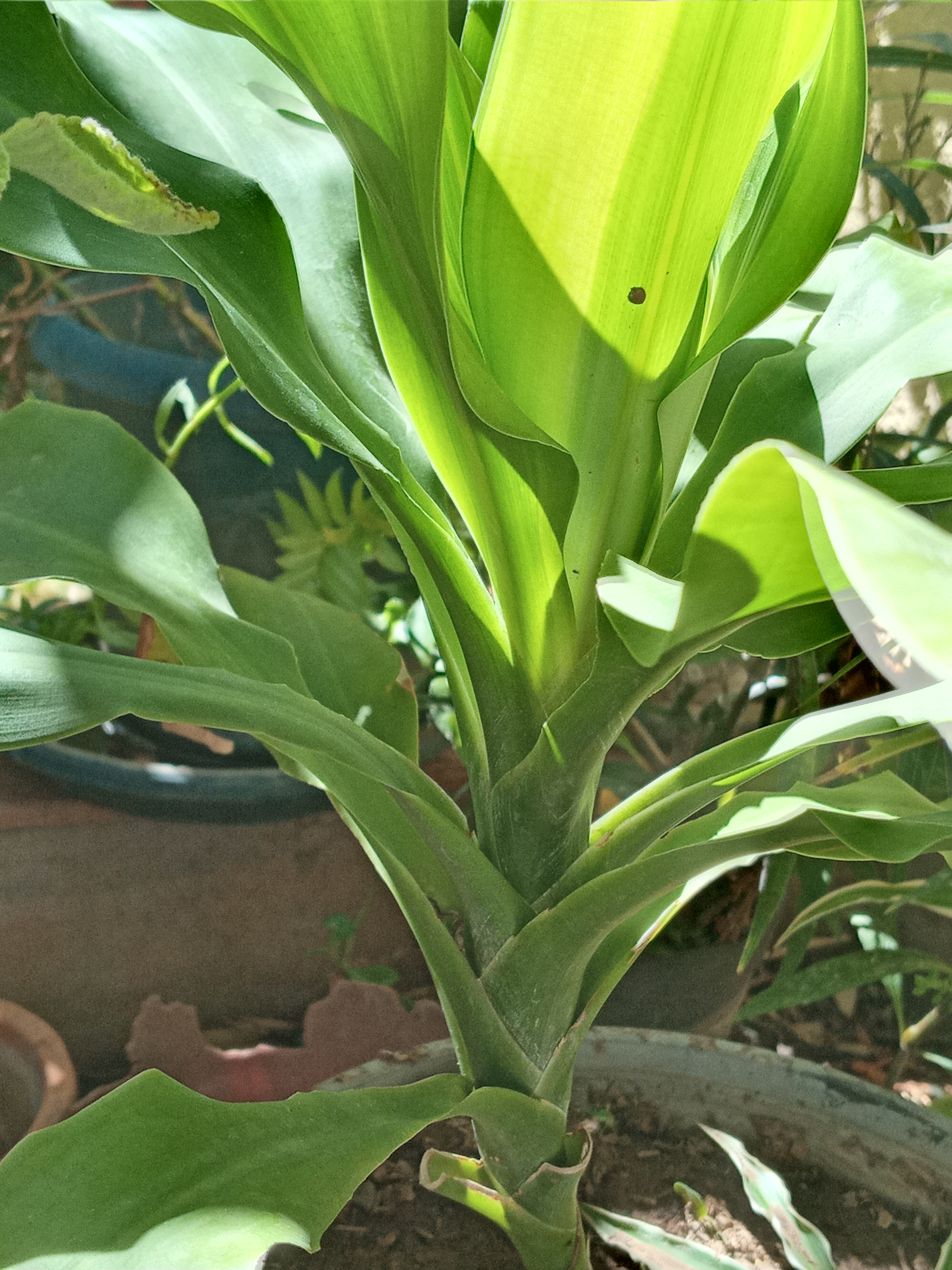
Thank you for your visit! thank you for reading me!
See you soon friends!
¡Gracias por tu visita! ¡Gracias por leerme!
¡Hasta pronto amigos!

Sources Consulted - Fuentes Consultadas
Translation using DeepL - Traducción realizada utilizando DeepL
| Device - Dispositivo: | SAMSUNG A10s |
|---|---|
| Camera - Cámara: | SM-A107M |
| Location - Ubicación: | Lechería, VENEZUELA |
The rewards earned on this comment will go directly to the person sharing the post on Twitter as long as they are registered with @poshtoken. Sign up at https://hiveposh.com.
Con el apoyo de la familia.
Trail de TopFiveFamily
Con el apoyo de la familia.
Trail de TopFiveFamily
Interesante publicación sobre una planta que es por demás hermosa, tanto por lo visual como por lo que representa. Gracias por compartir. En casa tenemos una que tiene más de 30 años y aún está vigente. Un abrazo de vuelta... 🤗
Imagen de mi propiedad, tomada con mi Redmi Note 10S
Hola amiga, esta planta es muy popular en los hogares venezolanos.
Mu util la información de tu post.
Gracias por compatir.
Saludos, Feliz vida!